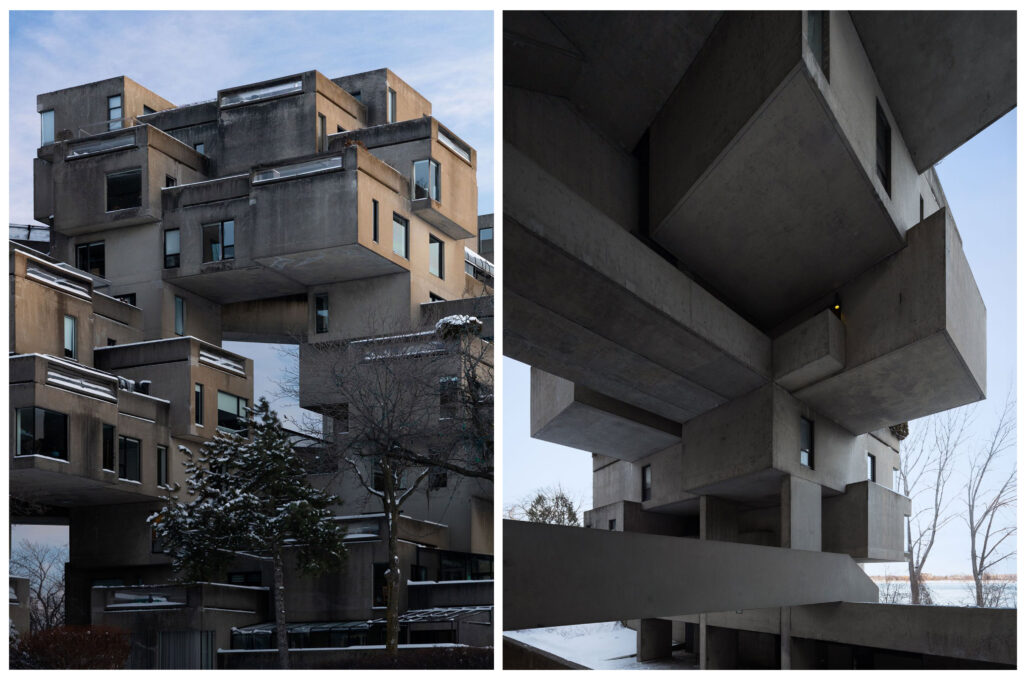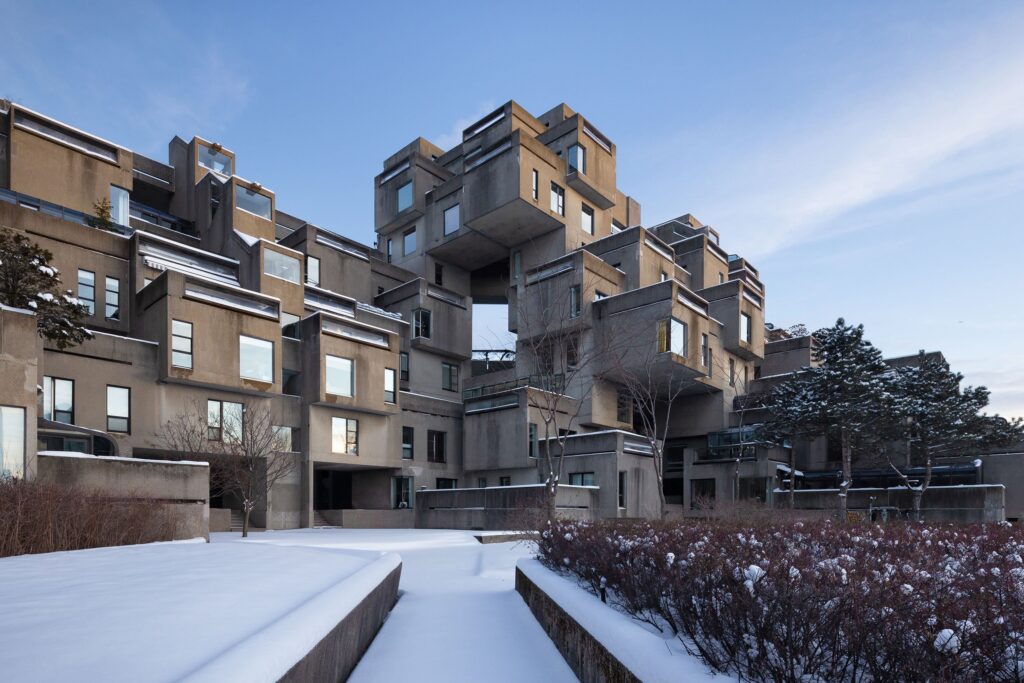Architecture Photography in winter: Defamiliarization and Unique Perspectives in Snow
When we travel to new cities or countries, buildings and architecture are often top of the list of sights to see. But when we see these buildings or monuments up close, they often look different from the images we’ve seen online, on TV, or in magazines. This slight shock happens because real-life architecture and reality around them keeps producing in a similar perspectives and each time in a point of view, creating a kind of objectification of that architecture.
Understanding Objectification in Architecture
This “objectification” in architectural photography can impact both interior and exterior spaces. Don’t worry—we won’t go too deep into theory here! You might already be familiar with this concept. Think of it like going on a date after overselling a person in your mind. Similarly, You start imagining what it will feel like to stand in front of the Pyramids in Egypt or to experience the architectural genius of Zaha Hadid in person. But reality sometimes clashes with these preconceived images, especially when it comes to architecture.

Being Creative Beyond Standard perspectives.
As an architectural photographer, I believe my work should go beyond capturing these standard perspectives and reflect all aspects of reality around my subject. It’s not just about replicating the designer’s vision or experiencing the space as a visitor but discovering unseen perspectives, unique points of view, lighting, and seasonal or weather conditions like snowfall. Of course, I control only some of these factors, while others rely on the client’s vision or the project’s design intent. But that’s exactly why I’m sharing this article—I believe the images we create are as valuable as the project itself. Architectural photos don’t just serve as portfolios for designers; they also capture a building’s place in the cultural and architectural history of a city or country.

The Challenges of Winter Photography
Working in the snow, however, is not easy—it’s pretty brutal! But capturing architecture in winter is an experience that stays with you for your entire career. Photographing a building during snowfall creates a sense of depth and a unique atmospheric effect that’s hard to replicate in other seasons. It feels as though the image holds something more, something almost intangible. It reminds me of those university days when I had a concept in mind but couldn’t quite express it.
When you revisit a building or place after a snowfall, you might not even recognize it! But act quickly—the snow won’t sit around beautifully for long. Captured at the right moment, a snow[1]covered building becomes extraordinary, with nature itself enhancing the aesthetic. Snow can mask imperfections, giving the photo a clean, timeless quality. This effect, known as defamiliarization, is a technique commonly used in visual art to create new, unfamiliar perspectives of everyday objects. As an architectural photographer, I strive to avoid merely objectifying a building. Instead, I want my images to tell a story, each frame complementing the next and revealing unique angles that are often overlooked.
